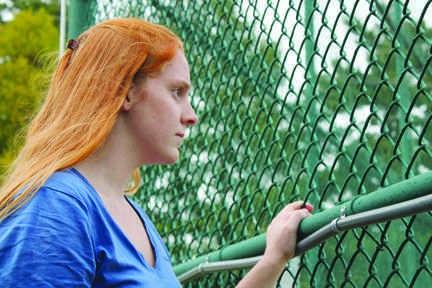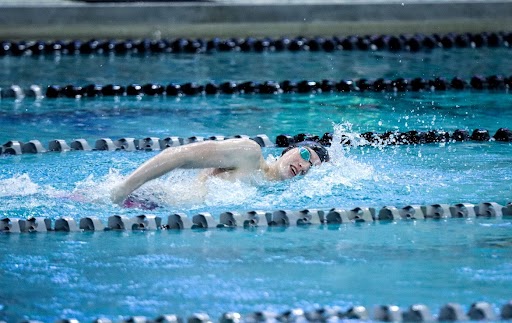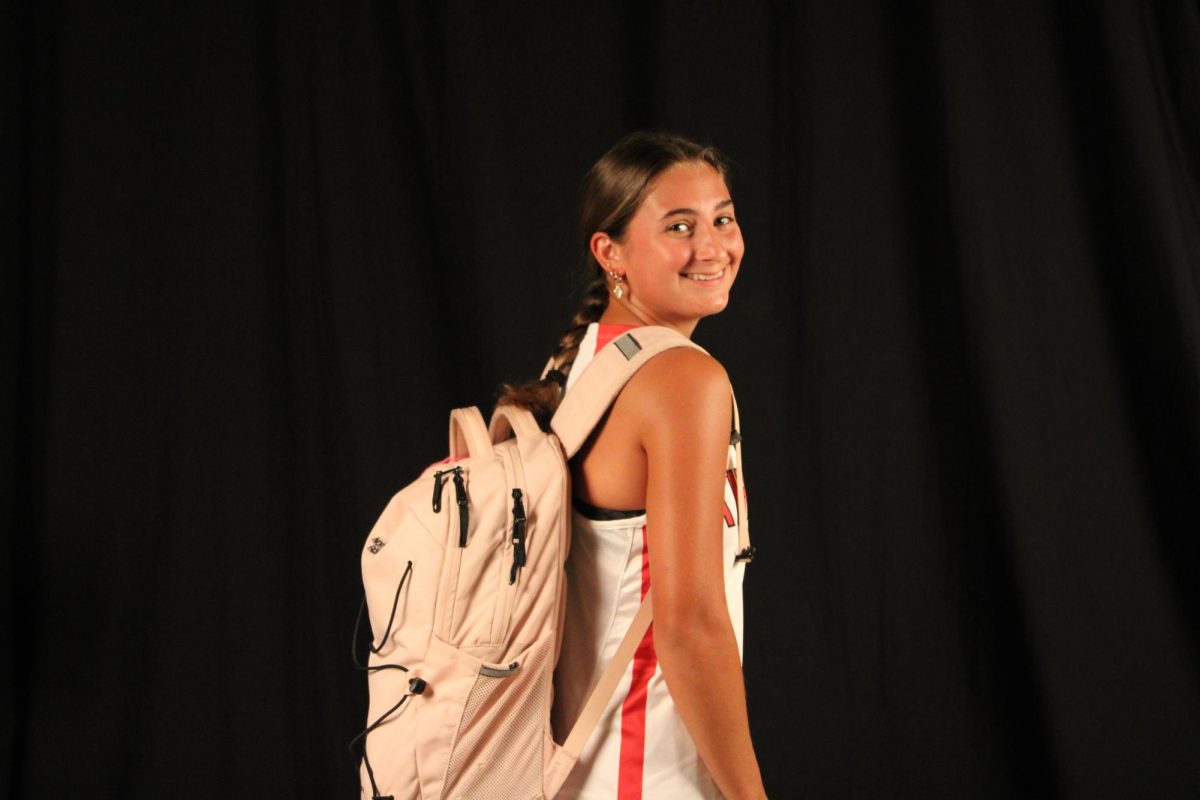A little over a year ago, Sarah Huber was just another devoted athlete. She practiced every day, worked out in her free time and had the competitive spirit many athletes understand. Huber, junior, worked hard to obtain a starting position on varsity softball, but that all changed Aug. 30, 2011.
She was playing just another game and was standing on third base with bases loaded, ready to run home as the batter stepped into the box. At the crack of the bat hitting the ball, she sprinted home. There was a force out at the plate, but Huber knew what to do. Like countless times before, she slid into home; however, this particular slide did not go as planned.
As Huber hit the ground, her cleat stuck to the plate, and as she continued sliding, her foot dragged behind her. When she finally came to a halt, her foot had turned 90 degrees. According to Sarah, there was not a sound except for her deafening screams. What followed was an eerie silence at Chesterfield Athletic Association.
“I heard my ankle crack three times, and I knew it was going to be bad,” Huber said. “I remember the umpire asking, ‘What’s wrong?’ and everyone screaming, ‘Her foot!’”
When she got to Children’s Hospital, the wait was three hours before the doctors were able to reset her foot into the right position. Eight hours after she arrived, she went into surgery where nine screws and a metal plate were drilled into her foot to keep the bones in place. Huber had broken her tibia and as well as her fibula.
According to Amy Leatherberry, varsity coach, losing Sarah as a starter on varsity changed the team on and off the field.
“It was hard to lose her as a pitcher, but equally as hard to lose her as a person on the team because she was positive, loud and very much about picking everyone else up,” Leatherberry said.
The first surgery on her foot was not her last. Now, more than a year later, she is still recovering. Last July, a screw came loose in her foot, and all the metal had to be removed. Recently, she has experienced severe inflammation where she broke her ankle, so she will have to get a cortisone injection, which is a steroid shot to reduce the inflammation. If that does not relieve the pain, she will most likely have to have another surgery, she said. She goes to rehab three times a week, every week, and has done so for the past year.
Huber was not the only injured softball player. Maddy Hammett, junior, was hurt last season after getting hit in the ankle. She suffered a calcium buildup in her ankle that happened after her bones over-corrected themselves by sending too much calcium to her foot when trying to repair the damage of the bruise.
“My toes were tingly, and I couldn’t rotate my ankle or foot,” Hammett said.
This season alone, Hammett suffered a concussion that took her out for the first week of the season, and a deep tissue bruise in her knee that kept her from playing another week during the season.
Hanna Branch, senior, also injured her ankle when she severely rolled it her freshman year.
“I was stealing second, and my ankle rolled. My whole weight went on my outer foot. When I went to stand, it felt like a limp noodle,” Branch said.
According to Branch, there are so many ankle injuries in softball due to the sliding the girls must do, and when not done properly, they get hurt.
Huber, Hammett and Branch agree the worst part of being injured is watching everyone else play while they sit on the bench.
“Having to sit the games when I desperately wanted to play was unbearable,” Branch said.
“Injuries make the team mature quicker,” Leatherberry said. “It forces them to see what could happen. It shows the girls how quickly they could lose something they previously took for granted.”
According to Huber, she will never be able to play softball again. Her injury has shown her how often she took advantage of what she had everyday.
“I look at all these athletes and I am extremely jealous,” Huber said. “My foot will never be the same again, and I had to give up something I loved.”











